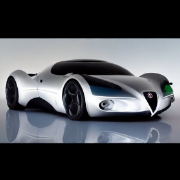Honda Insight (Topic Ufficiale - 2008)
-
Contenuti simili
-
- 11 risposte
- 160 visite
-
- 3 risposte
- 939 visite
-
Subaru XV Crosstrek Hybrid 2013
Pubblicato da Touareg 2.5,
- xv crosstrek hybrid 2013
- subaru xv
- (e 5 altri in più)
- 4 risposte
- 2310 visite
-
-
-







.thumb.jpg.902d2a4f20a129e92b6f6920407b81bd.jpg)






.thumb.jpg.d20c5008a881490f9c7f843d442a34f8.jpg)










Messaggi Raccomandati:
Crea un account o accedi per lasciare un commento
Devi essere iscritto per commentare e visualizzare le sezioni protette!
Crea un account
Iscriviti nella nostra community. È facile!
Registra un nuovo accountAccedi
Sei già registrato? Accedi qui.
Accedi Ora